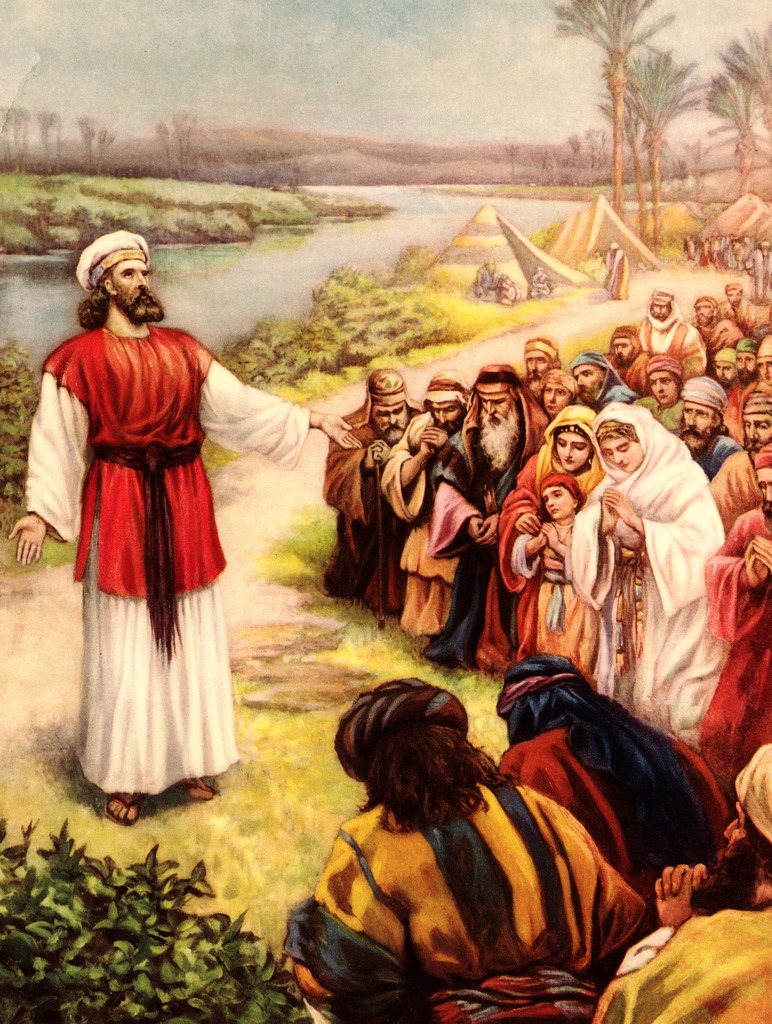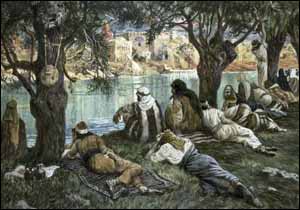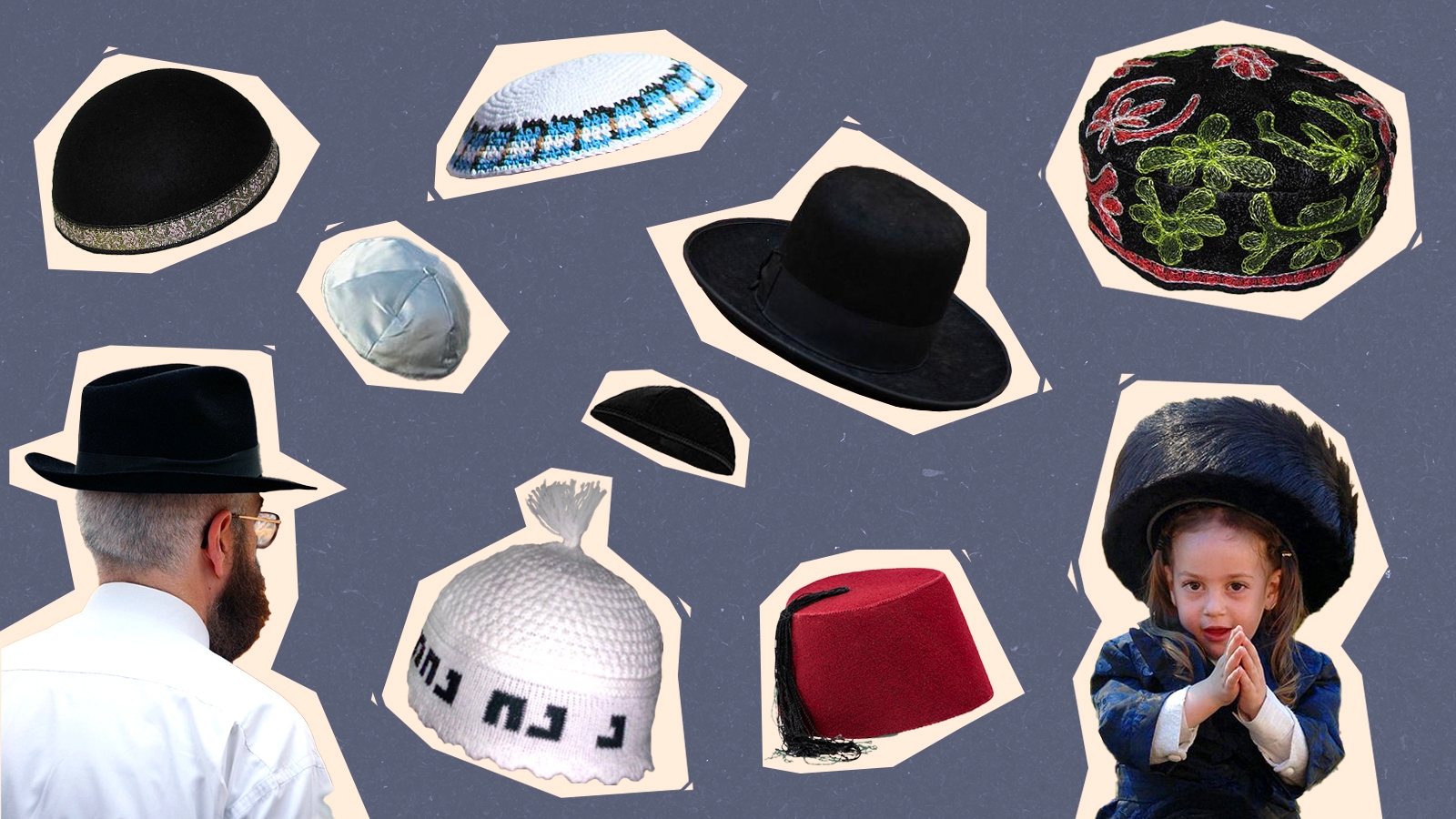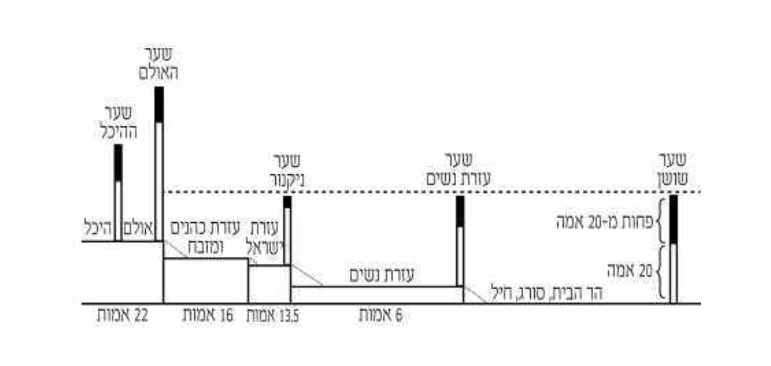BS”D
Sukkah 51a
Iyar 4, 5783. April 25, 2023
1- Continuing with the Sugya of the שירת הלויים if the Mitzvah is primarily for vocalist to sing or the orchestra to play the musical instruments. עיקר שירה בפה או עיקר שירה בכלי.

2- The conclusion is that עיקר שירה בפה which needed to be sung by proper לויים. However, the members of the orchestra could in theory even be עבדים, or Yisroelim.

Having established that anyone could join the oerchestra, who actually played the instruments? ישראלים ? עבדי כהונה? Or Leviim?
It depends on the understanding at the time by the listeners-meaning the conception of the listening crowd, of the status of these players.
The גמרא discusses the Halachic status people would perhaps ascribe (after seeing the members of the כלי players/ orchestra) to the actual players. While others wouldn’t give it much thought, some would go away thinking that surely, these selected musicians, were מיוחסים having attained the job of playing music in the בית המקדש.
Some would even take it for granted that they were לויים!

Thus, the makeup of the orchestra was a result of the what the crowd thought at that time. For example: If a musician would be considered by the listeners as a proper Levi (and give him מעשר) then the orchestra would need to choose only לויים.
If a musician would be considered by the listeners not as a proper Levi, but at least as an ישראלי כשר , then the orchestra would need to choose only ישראלים כשרים.
3- We discussed a sad chapter in Jewish history pertaining to the לויים. When the גלות בבל came to its conclusion Ezra Hasofer urged people to pack up and go back with him to ארץ ישראל. He was partially successful with tens of thousand making Aliyah with him.

Prior to leaving, realizing that henceforth, there would be a lack proper Rabonnim or leaders in בבל, he rounded up all the families and individuals whose יחוס was in question and took them with him to ארץ ישראל.

Ezra figured that the ‘problematic’ families would be dealt with the newly established סנהדרין in ירושלים
So what remained in בבל were only the מיוחסים.
4- On the way up to ארץ ישראל, Ezra realized that there were no לויים! As the Pasuk says “and I looked around and found Kohanim but no לויים’.

By the rivers of Babylon….
Rashi (Kiddushin 69b) raises the issue of how to reconcile Ezra’s seeing no לויים in his entourage, when the fourth Perek in Kiddushin begins with the ten ‘types’ of people that went along with Ezra on this epic journey, with the second one being the לויים.

“עשרה יוחסין עלו מבבל: כהני, לוי, ישראלי, חללי, גירי, חרורי, ממזרי, נתיני, שתוקי, אסופי”
[We briefly discussed this interesting ‘line up’ of then types of Jews].
5- Rashi answers with a fascinating story. Years before the לויים were forced by נבוכדנצר to play the instruments as they did in the Beis Hamikdosh before it was destroyed. The refused and cut off their thumbs least he force them to play.
אֵיךְ נָשִׁיר אֶת שִׁיר יְהוָה עַל אַדְמַת נֵכָר.
These dedicated לויים did indeed join Ezra. They are therefore enumerated as one of the ten types that made the trip with Ezra.
It was the לויים that did not maul their thumbs who were happy and well settled in גלות that remained in בבל.
These were the לויים who would be able to play instruments in the בית המקדש and declined to go back to ארץ ישראל. And that irked Ezra when he realized that they all stayed behind. Who would play the musical instruments? 
As Rashi writes:
ואבינה בעם – מי היה ומי לא היה. ש”מ לא ידע עזרא מי עלה עמו ומי לא עלה עמו. וסבור שהיו שם לוים כשרים, ולא מצא ראויים לעבודה אלא מאותן שקצצו בהונות ידיהם בשיניהם, ואמרו איך נשיר את שיר ה’ וגו’ במזמור על נהרות בבל (תהלים קלז).
שאמר להם נבוכדנצר שירו לנו משיר ציון עמדו וקצצו בהונות ידיהם בשיניהם ואמרו לו איך נשיר את שיר ה’ על אדמת נכר לא נשיר לא נאמר אלא איך נשיר אין לנו במה למשמש בנימי הכנורות, מאותן עלו.
ומן הכשרים לא מצא לפי שהיו יושבים בבבל בשלוה. והעולים בירושלים היו בעוני ובטורח המלאכה ובאימת כל סביבותיה. והנך לויי דקתני מתניתין מהנך דלא חזו לעבודה היו:
6- What is the relevance of this sad story to our גמרא?
If we conclude that עיקר שירה בפה, meaning that the musical instruments שירה בכלי was not really part of the שירה, what issue did Ezra have with the לויים that did accompany him? As above, if עיקר שירה בפה then one could hire even עבדים to play these instruments.
Tosfos in Yevomos 66b asks this question. Their answer: Although the primary component of the שירת הלויים was the singing vocally, nevertheless musical instruments most definitely add to the overall sound and there is a מצוה to play music in addition to the singing. So Ezra, seeing that no לויים capable of playing music have joined him, was obviously very upset.

His disappointment caused him to sanction the לויים as we will BL”N discuss next week.
7- We discussed the location of where the לויים stood daily during their singing as opposed the singing during שמחת בית השואבה.
8 – Speaking of the elevated platforms for the לויים’s ensemble, we mentioned the different topography of the משכן vs the בית המקדש.
Whereas the משכן was situated on a flat surface, the בית המקדש was built on a mountain with different elevations.
Although the משכן also had a עזרה, היכל and a קדשי הקדשים, all 3 were on the same level.
The בית המקדש was of various elevations. See here.


The Rebbe explains this phenomenon in לקוטי שיחות.
Vol #29, p71.
The משכן’s presence did not sanctify the ground under it. The Mishkan’s holiness was not derived from the location itself; its קדושה only came from its component parts, such as the מזבח and ארון. When it was moved to another location, nothing of the holiness remained in its original place.

The location of the בית המקדש was/is inherently holy. Each consecutive section of the Beit HaMikdash was elevated from the one beneath it, both in terms of holiness and in terms of physical elevation. One caused the other. This is discussed in depth in Likutei Shichos.
Interestingly, the Rebbe points out that קדש הקדשים, the ultimate Holy of Holies, was not elevated from the room (היכל) before it. The reason is that the קדשי קדשים symbolizes a level of קדושה that cannot be reached by going up any type of stairs or platform.